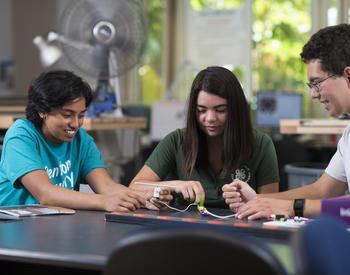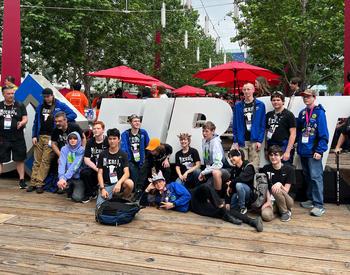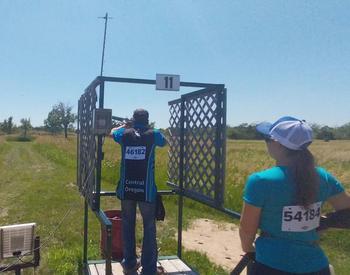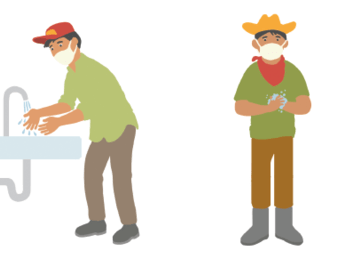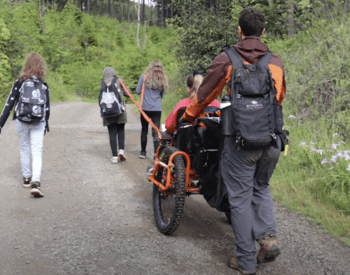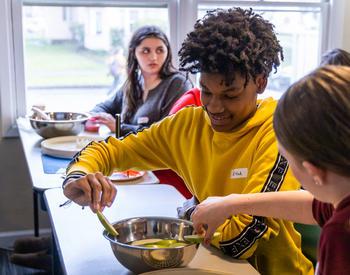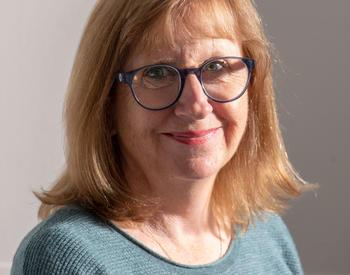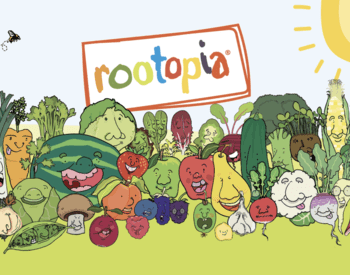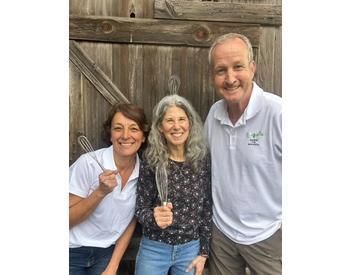CORVALLIS, Ore. – Abby Bonham was a shy and reclusive child when she became a 4-H member seven years ago. As she attended 4-H club meetings and leadership activities, raised livestock and learned the steps in country line dancing, she felt herself open up and desire to socialize with other youth.
She was thriving.
“4-H gave me skills in citizenship, leadership, public speaking, and teamwork,” Abby said. “Those skills propelled me to seek leadership positions at school and in 4-H.”
A senior at Country Fair Christian Academy in Newberg, Abby is president of the school’s student government. And, not surprisingly, she is president of her 4-H club as well.
“4-H is the program that keeps on giving,” she said.
Since 1904, Oregon State University Extension Service's 4-H youth development program has unlocked the potential of children to thrive. In the past year, 47,000 Oregon youth learned about their favorite subject through membership in 4-H.
That special interest might be robotics, raising sheep, cooking – or 70 other project choices. And while kids learn about what sparks their passion, they are shown a path to help others through community service and to reach their potential with leadership activities.
Thanks to a model created by OSU Extension’s Mary Arnold, Oregon 4-H uses an active, learn-by-doing approach to help young people see how their actions make a difference in the lives of others and the world around them.
Arnold’s 4-H Thriving Model research and development effort identifies and shares techniques proven to produce the desired results in the lives of young people. Specifically, the researchers seek to learn the formula for success that has inspired kids to become contributing, productive, self-directing members of society.
According to the model, youth are determined to be thriving if they show the following indicators: prosocial orientation, hopeful purpose, self-transcendent awareness, emotional management, self-regulation, openness to challenge and discovery, and growth mindset.
“If we do 4-H programs really well, based on a formula of best practices, then we will help young people thrive,” said Arnold, professor and youth development specialist who oversees 4-H positive youth development and program evaluation in Oregon.
“Thriving youth, in turn, achieve important developmental outcomes—academic motivation and success, social competence, personal standards, contribution to others, connection with others, and personal responsibility,” she said.
Something that helped Abby Bonham thrive was attending 4-H’s statewide Youth Voices in Action Conference.
“I didn’t know anyone there, but with the encouragement of my Extension agent, Mike Knutz, I learned to push myself outside of my comfort zone and reach out to others who attended the conference. It was an amazing leadership experience,” she said.
The outcomes don’t happen by accident, said Knutz, associate professor and 4-H youth development faculty in Yamhill County. “Youth Development Programs must provide critical ingredients to ensure the biggest positive impact on young people.”
